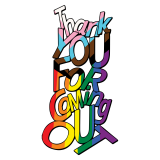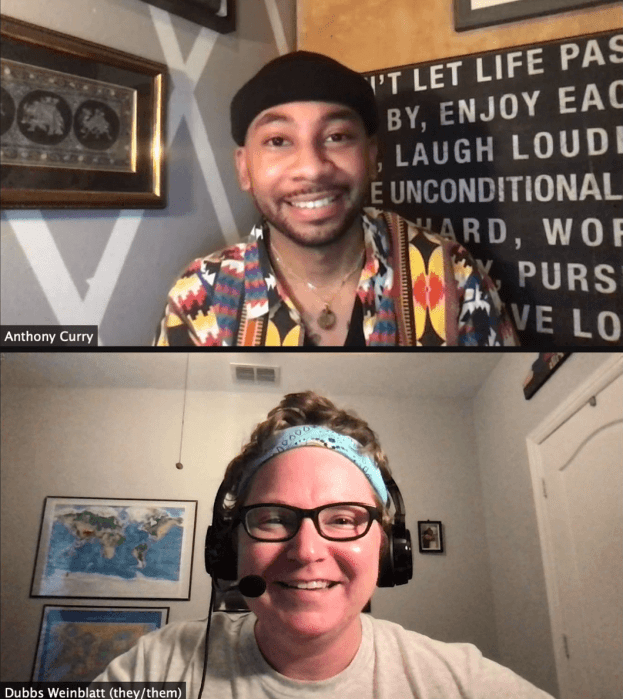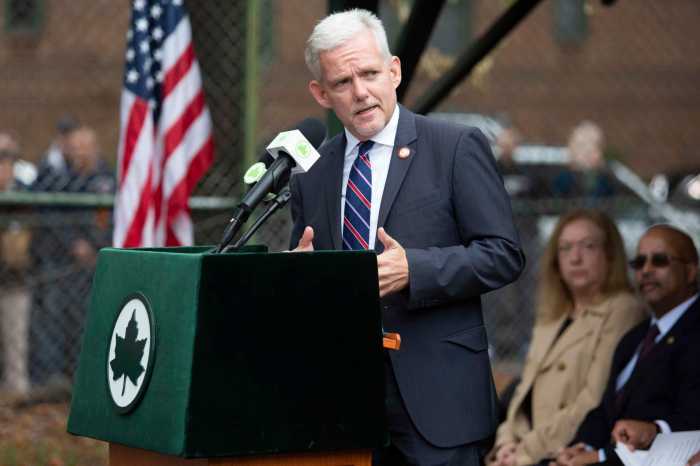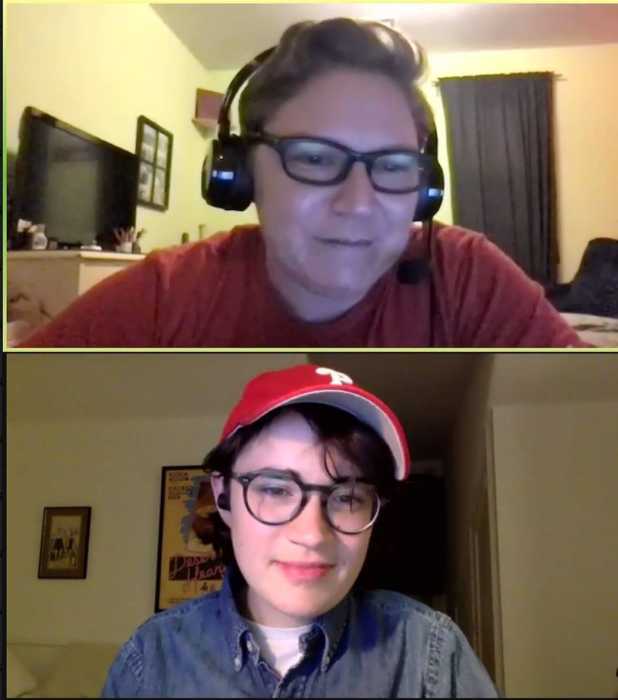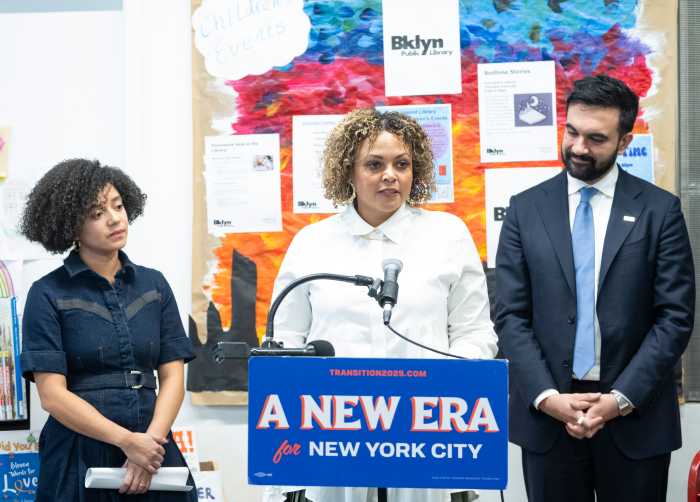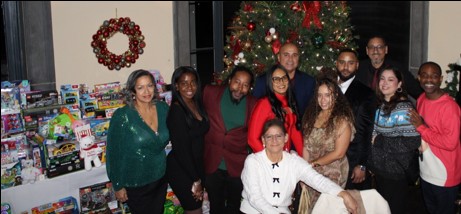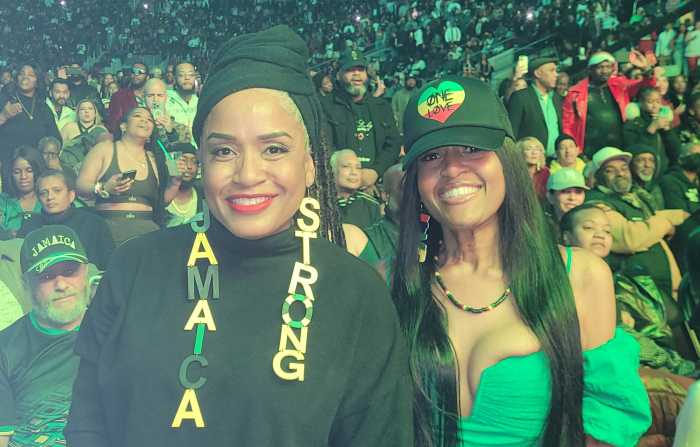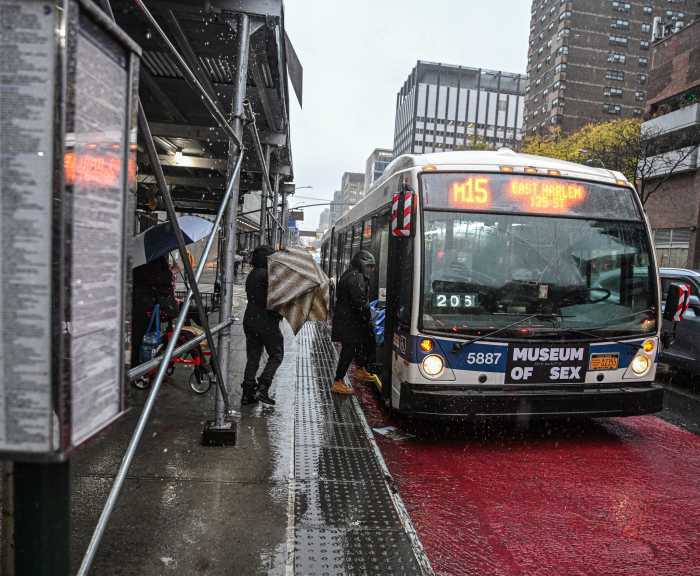When Heritage of Pride (HOP) announced a new ban on police contingents through at least 2025, the response was expectedly divided — but the decision was not surprising.
HOP has been engulfed in criticism, most notably for the police and corporate presence at their annual march, and that pressure served as a critical factor in this announcement. But the ousting of police officers from Pride festivities goes beyond HOP and the Gay Officers Action League (GOAL).
The ban on police contingents should be viewed in the context of recent developments pertaining to both law enforcement and the LGBTQ community. In the last several years, the pressure mounted from different angles and culminated in a tipping point: Protests targeting police brutality reached new heights, queer people of color died at the hands of law enforcement, and the Reclaim Pride Coalition drew tens of thousands of people in consecutive years to their alternative Queer Liberation March.
In 2018, the Reclaim Pride Coalition outlined a series of demands to HOP that included a ban on uniformed police officers from Pride, though that did not translate into the change activists sought. By 2019 — the year of Stonewall 50 and WorldPride — HOP’s inaction contributed to the formation of the Queer Liberation March, which set out to return to the roots of Pride with an annual march barring police, politicians, and corporations. That march has become a mainstay, and for some, this debate over cops at Pride means very little because they said goodbye to HOP two years ago anyway.
The year 2019 proved to be a pivotal one on a number of fronts — and not just because of the inaugural Queer Liberation March. While the NYPD finally apologized for their role at the Stonewall Uprising, it was also the year when police officers killed Kawaski Trawick, a queer Black man, at his home in the Bronx. Months later, Layleen Xtravaganza Cubilette-Polanco, an Afro-Latinx trans woman, was neglected by guards at Rikers and died after suffering a medical emergency. The two officers involved in Trawick’s case were not punished and the guards in Polanco’s case kept their jobs, though they were suspended.
That year also marked the beginning of the DecrimNY coalition, which would be led by transgender sex workers pushing to comprehensively decriminalize sex work. Those advocates gained considerable influence in New York City politics as they conveyed the need to end the policing of consensual sex work and shared stories about police officers targeting them, harassing them, and even sexually assaulting them. Working with lawmakers, they prodded the state to repeal a loitering law known as a ban on “walking while trans” and called out the NYPD’s Vice Squad, which purports to combat human trafficking but has been slammed for corruption and targeting trans women as well as gay men.
By 2020, the converging coronavirus pandemic and racial justice movement precipitated an acceleration of the conditions leading to where we are now. HOP went virtual last year due to the pandemic and Reclaim Pride filled that gap with their second annual in-person march, which stole the spotlight on a day when New Yorkers would have otherwise had two Pride marches to choose from.
In yet another sign of the times, last year’s Queer Liberation March ended with cops pepper-spraying marchers. Just weeks before that, during the early days of Pride month, LGBTQ individuals who marched through the streets of Manhattan from Stonewall were beaten by police officers, leaving activists with arm and head injuries.
Most recently, the NYPD came under fire last month when footage from a weekly trans-led march showed officers shoving protesters with batons and throwing them to the ground. One of the leading activists behind the weekly event described the incident as “a nightmare.”
Activists are not the only ones demanding change. HOP has also faced heat from elected officials, including out gay State Senator Brad Hoylman of Manhattan, who said in a June 1 letter that HOP should “cancel conventional Pride celebrations and return to the radical roots of the modern LGBTQ movement: a protest against bigotry, racism, homophobia, transphobia, and police brutality.”
GOAL has made strides in reforming the NYPD while facing adversity from inside the department over the course of nearly four decades of existence. GOAL was lauded for preparing the streets for a 2016 vigil following the Pulse massacre and the group carried out charity work during the pandemic. Following HOP’s announcement, some have warned that a march centered on inclusion should not wade into the waters of exclusion.
However, this is less about GOAL and more about policing as a whole — especially at an annual event commemorating the anniversary of a response to a police raid of a gay bar. The contemporary political and cultural climate reflects an atmosphere of undeniable frustration towards law enforcement — whether those cops are queer or not — and victims of police violence have voiced valid reasons why they do not feel safe around cops. Recent nationwide data from the Williams Institute of UCLA found that lesbian, gay, and bisexual people are six times more likely to be stopped by police in public.
HOP apparently concluded that jettisoning GOAL would stanch its reputation’s bleeding on issues of policing and the parade’s corporate bloat. But the chances that this symbolic act would do that, in a year when there’s not even going to be a march, seem slim.
To sign up for the Gay City News email newsletter, visit gaycitynews.com/newsletter.


